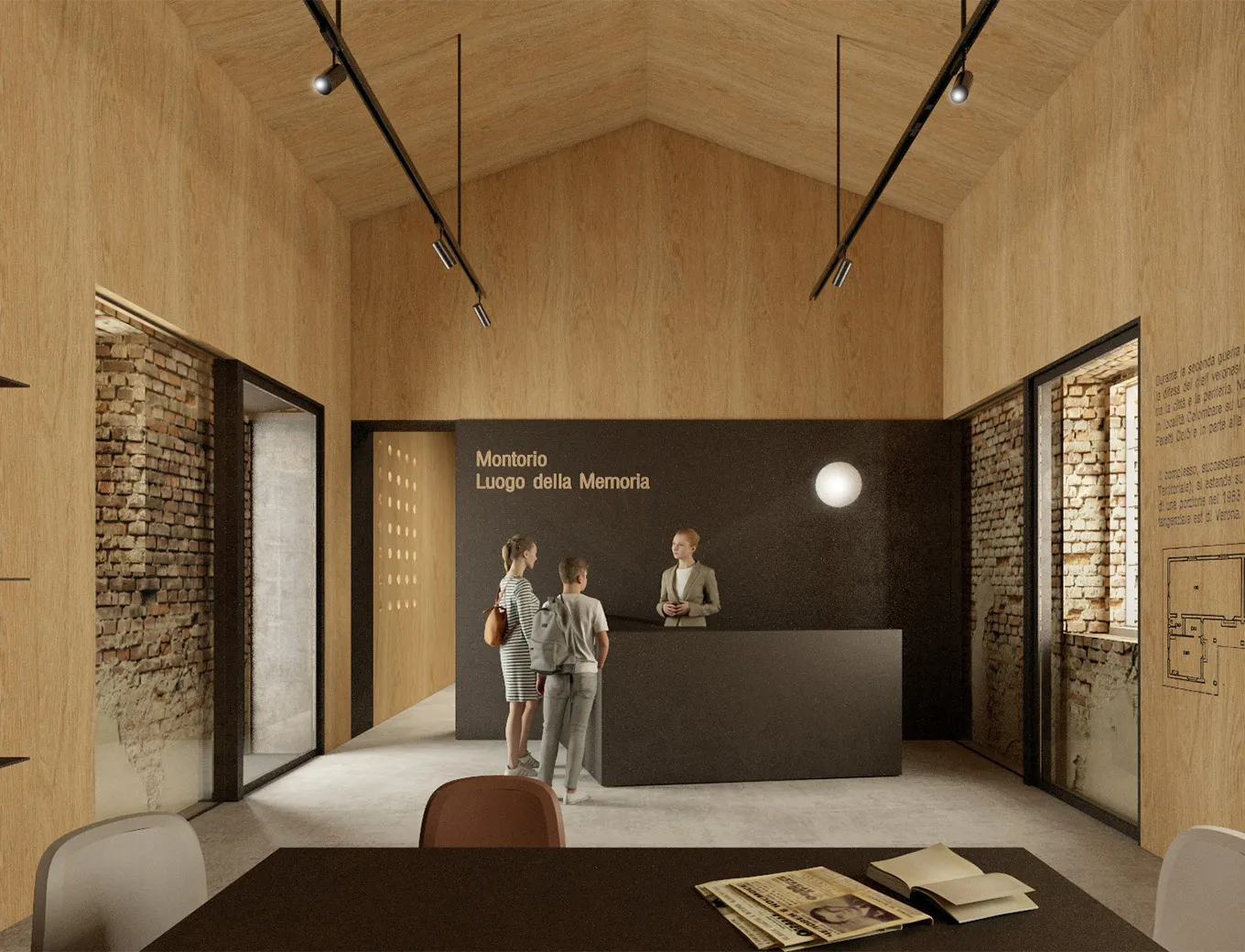Italy: The New Domestic Landscape
New York 1972 / Venice 2020
In 1972, a historic exhibition was inaugurated at the MoMA in New York, launching Italian design into the world. “Italy: The New Domestic Landscape” opens the season for a new generation of designers who still today represent one of the highest points of national creativity. Forty-eight years later, Chiara Carrera and Giovanni Svalduz propose a curatorial operation of re-reading and reactivation of the exhibition: the project has the endorsement of the Museum of Modern Art in New York, in the figure of Paola Antonelli, Senior Curator of the Department of Architecture and Design at MoMA, and of the curator Emilio Ambasz, and foresees the involvement of fifty professionals and collective formations of architects, designers and photographers of Italian nationality and under the age of 35, who work both in Italy and abroad. Daktýlios is one of the forty-three projects selected through a competition announcement, elaborated in the form of photos, videos, tables, architectural models, design objects and installations.
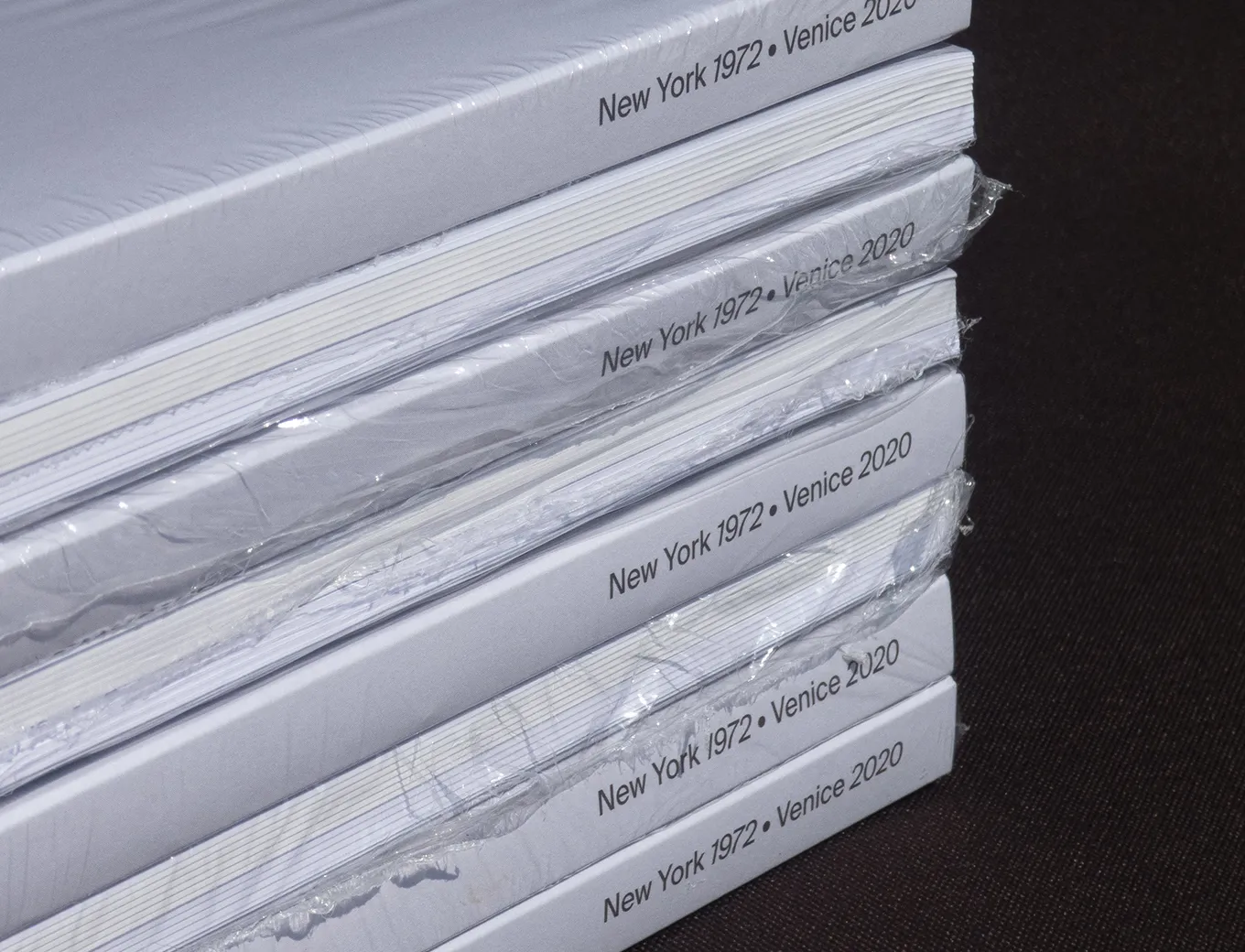
The project responds to the necessity of increasing toilet facilities for the guests in the exquisite historical Renaissance Villa Brenzoni-Guarienti in Garda, built in the 16th century by the will of Agostino Brenzoni and considered one of the awe-inspiring examples of nobiliar manors of the area.
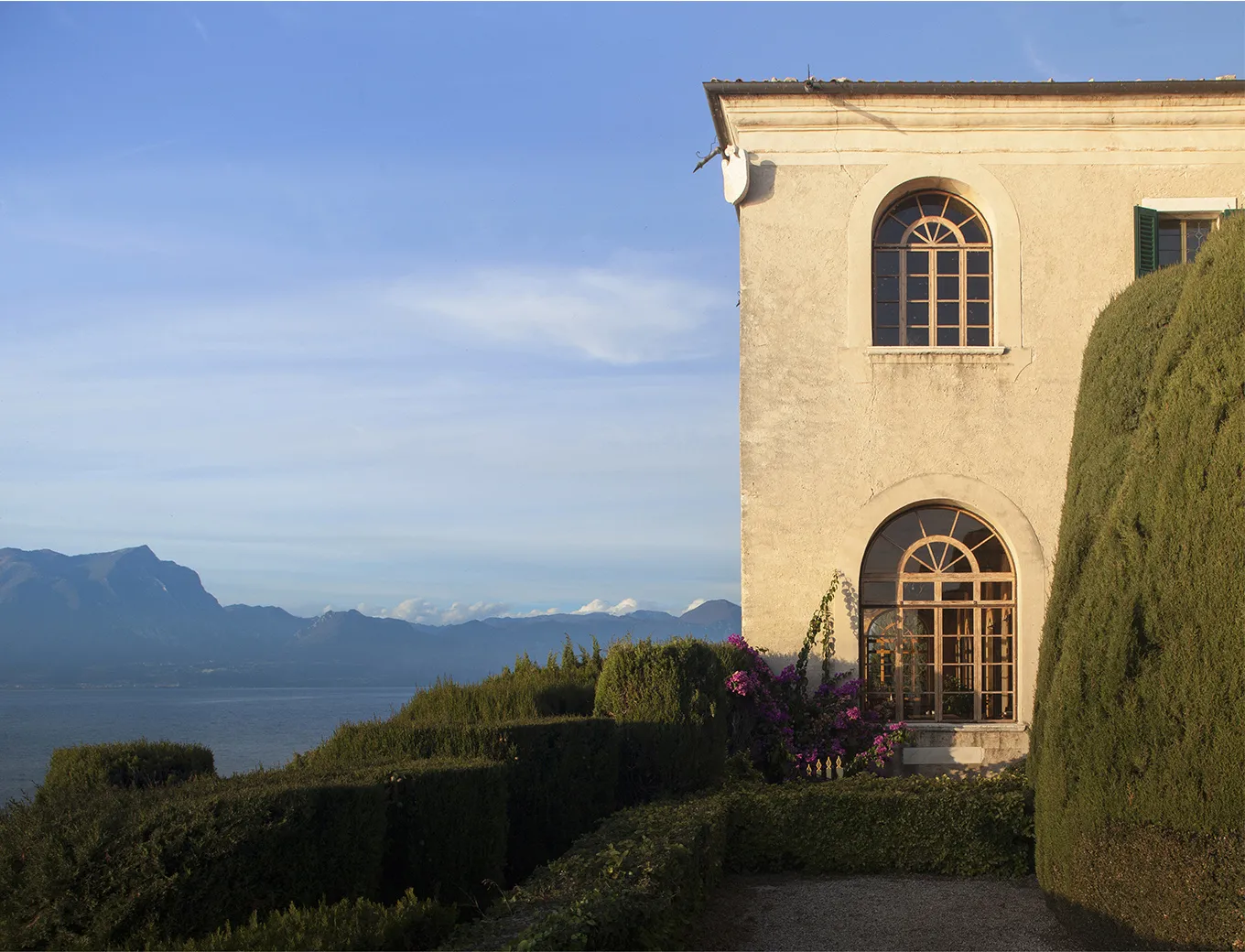
The project consists in the extension of the residence for a musicians' family. The original building is located in an hystorical town close to Garda Lake, placed between the boundary of the village and the surrounding vineyards. This new volume is designed to fit in an old private courtyard, directly connected to the garden.
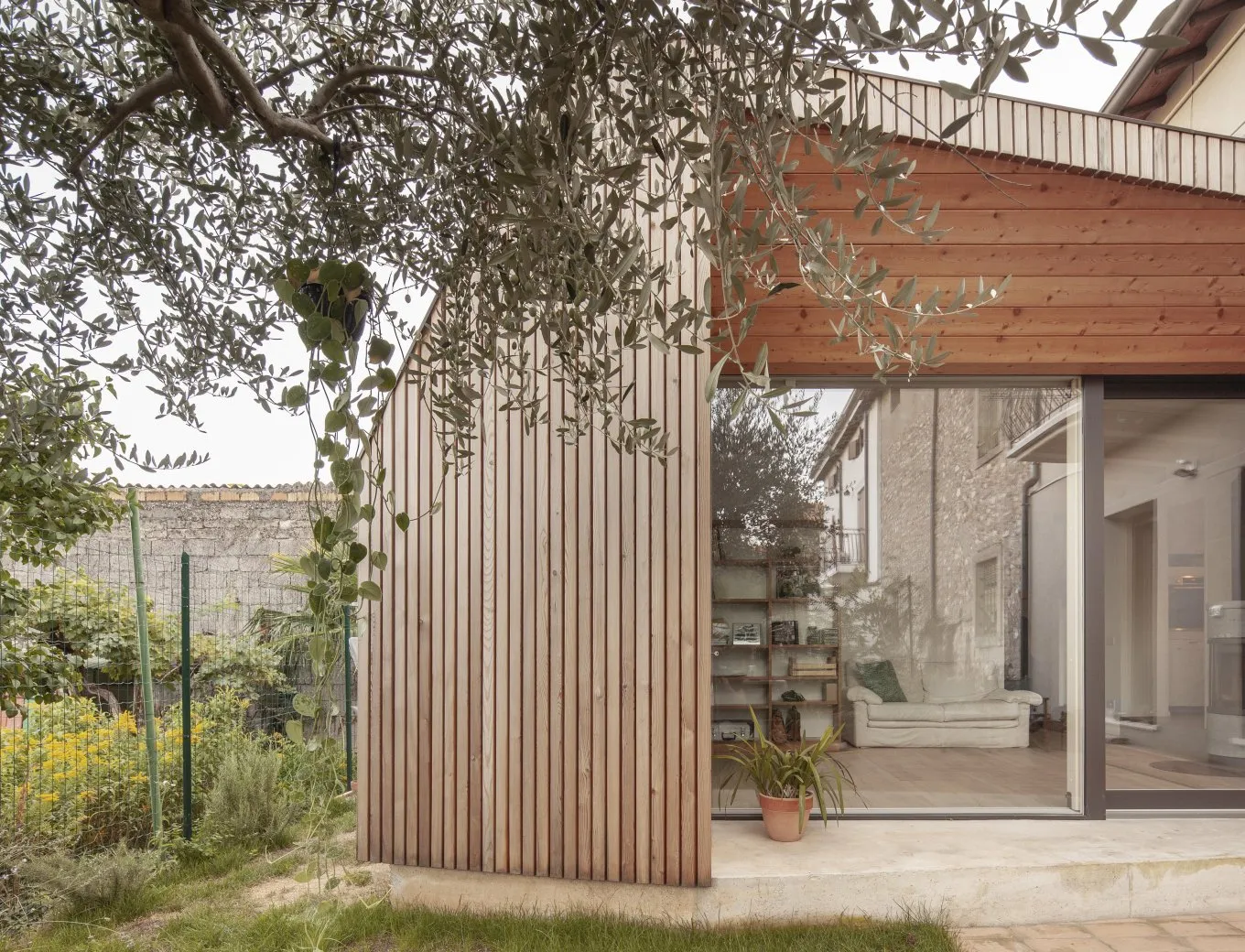
During the "Mantova Architecture Festival", a temporary installation reactivates an abandoned space placed into a deconsecrated church of the XV century.
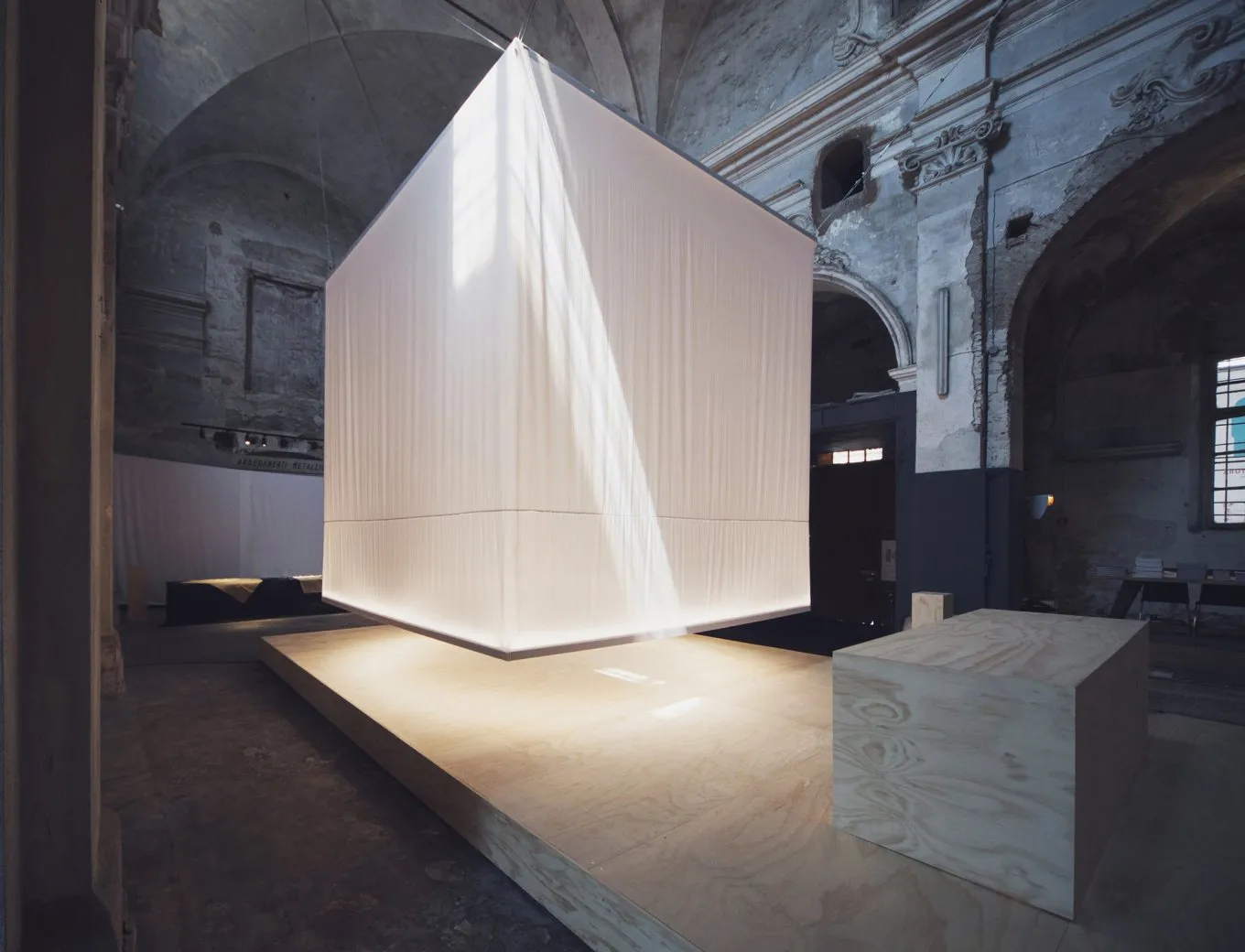
A piece of wooden furniture redefines a 35 sqm apartment located on the hills near Lake Garda, based on the need to maximize space and obtain a permanent corner for the sleeping area.
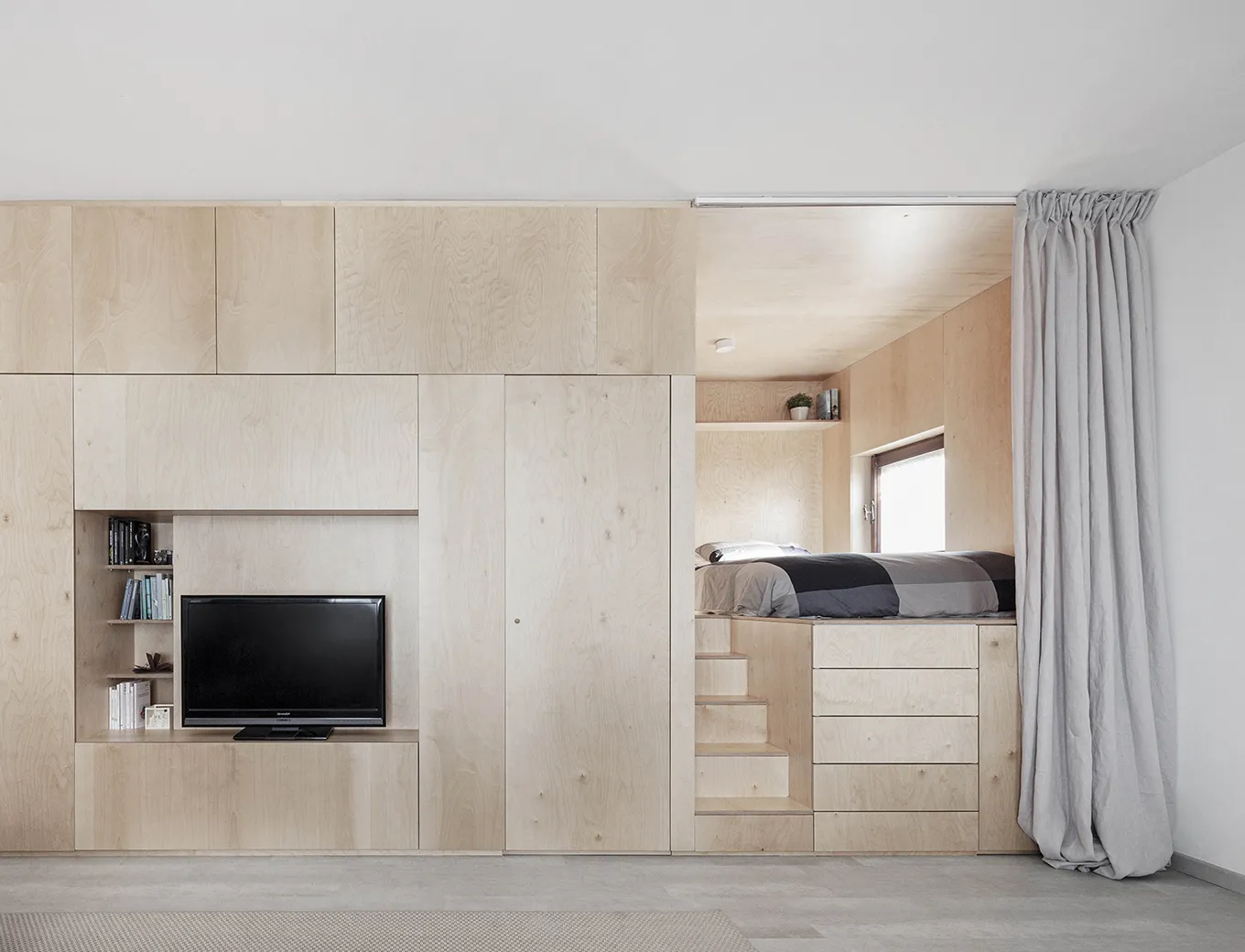
A single element redefines the main spaces of the house, through a unique element that connects the entrance at the ground floor with the living area at the first floor.
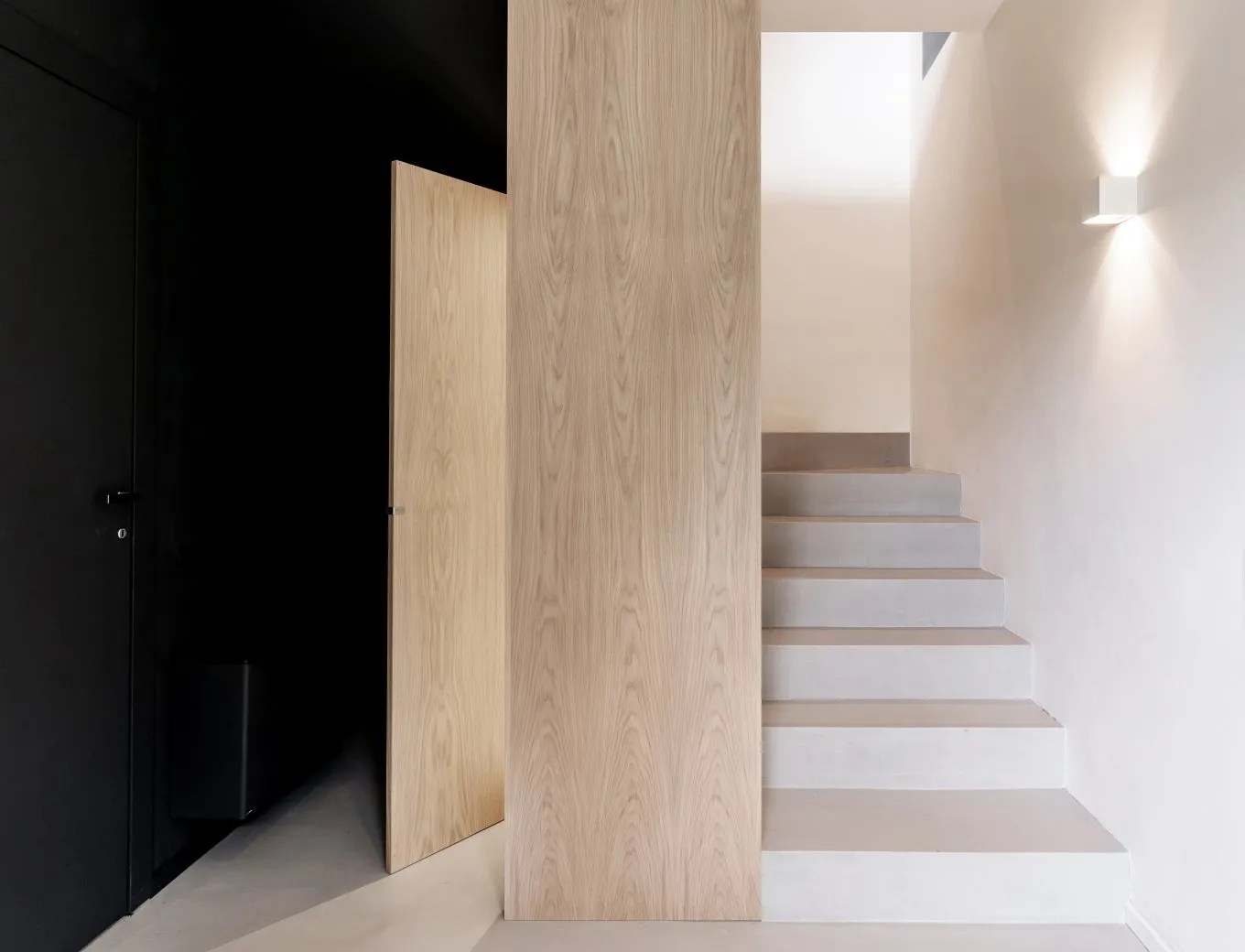
The design proposal for the re-qualification of Piazza Fernando di Savoia, a neglected open area entirely used for parking, located in the municipality of Peschiera del Garda (Province of Verona) received first prize amongst a total of 153 proposals in a competition announced in 2011.
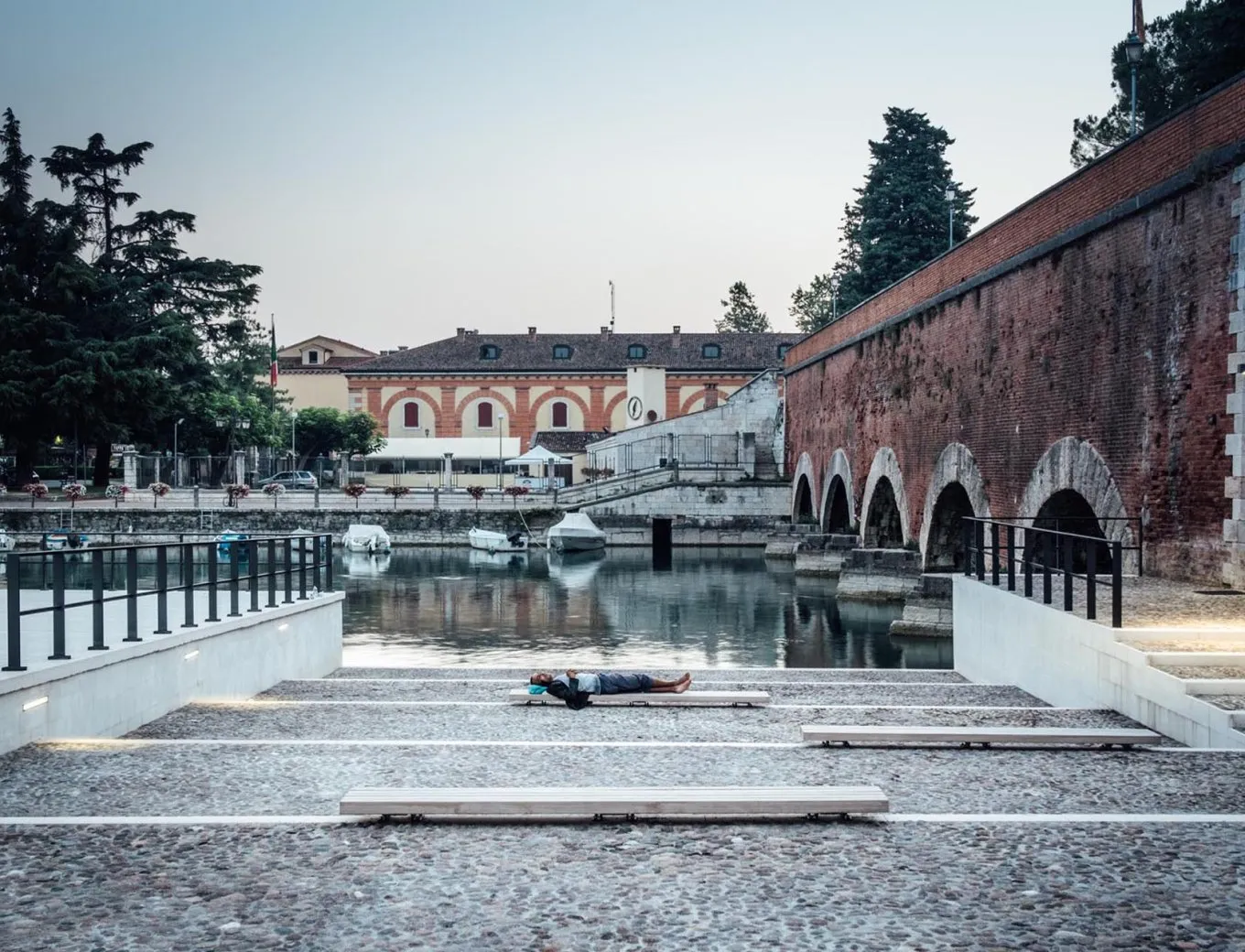
The surrounding landscape becomes an opportunity to define the shape and organization of this single-family house placed on a little hill, surrounded by vineyards, close to Garda Lake and Frassino Natural Reserve.
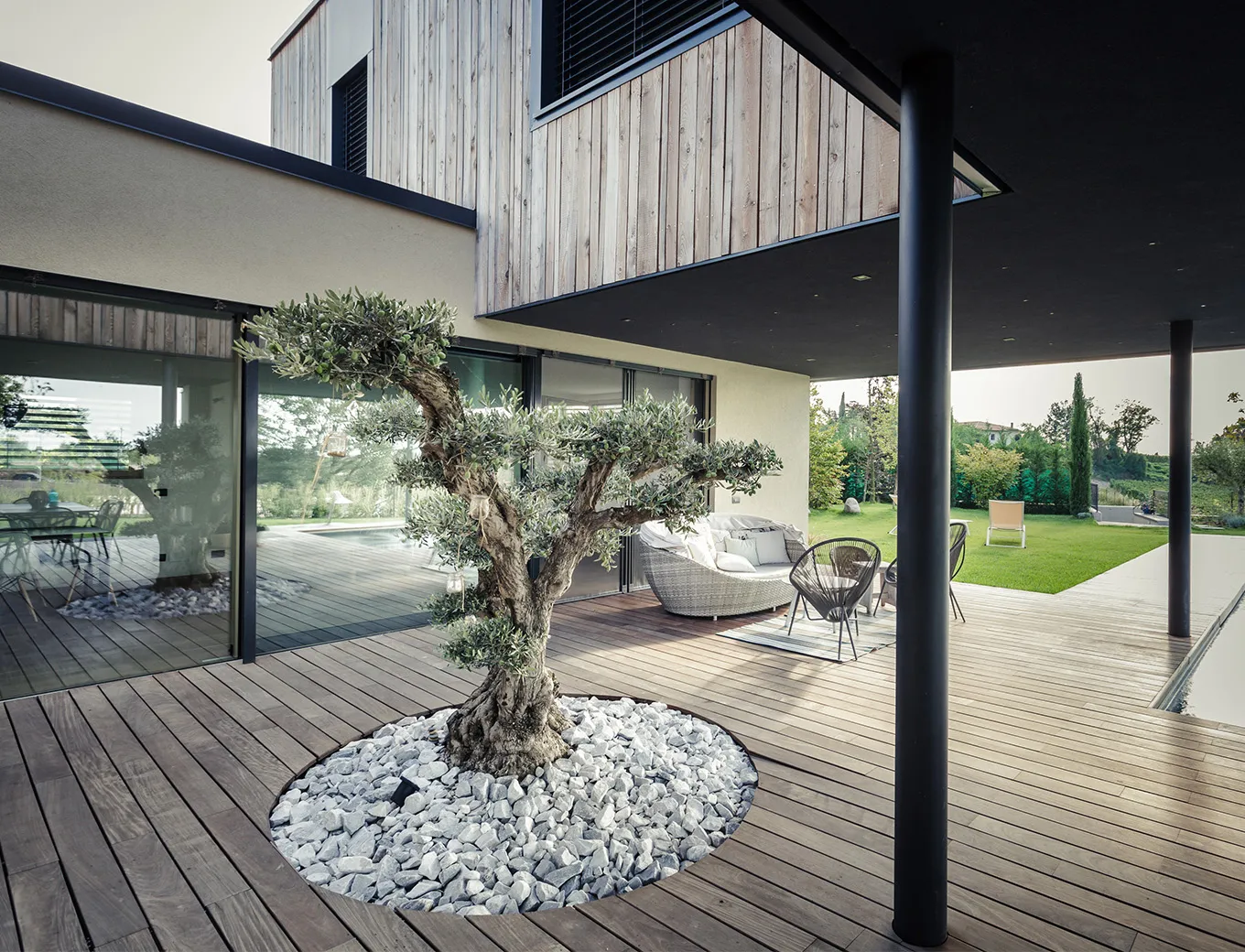
"DAT La Colombara of Montorio" barracks is located in the countryside of Verona 5 kilometers from the historic center. For its strategic position, in 1944, during the 2nd World War, it was occupied and used as a place of detention for Jewish internees awaiting transfer to other destinations. The design consists of addictions of wooden "boxes" inside the existing building, which will support the new roof and at the same time will create new spaces. In this way, the existing walls will be preserved and enhanced as evidence of the building's experience.
